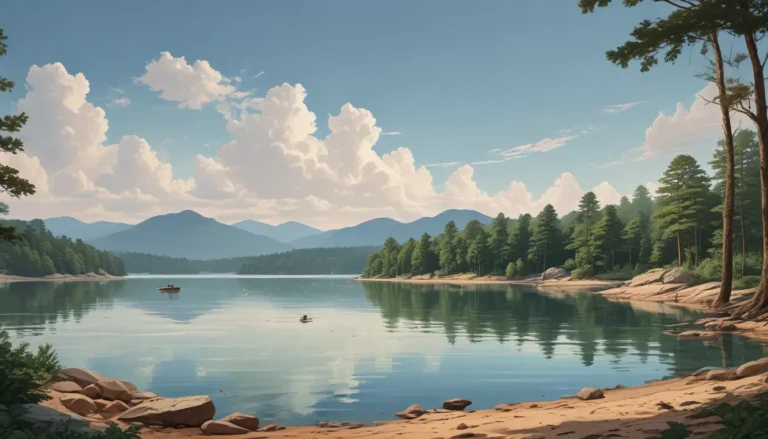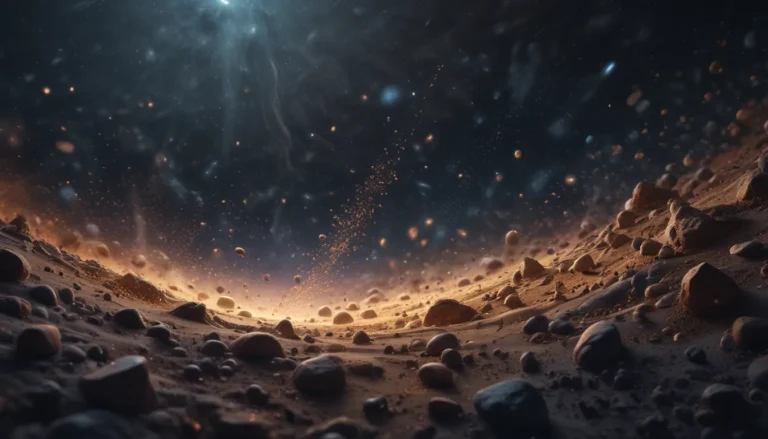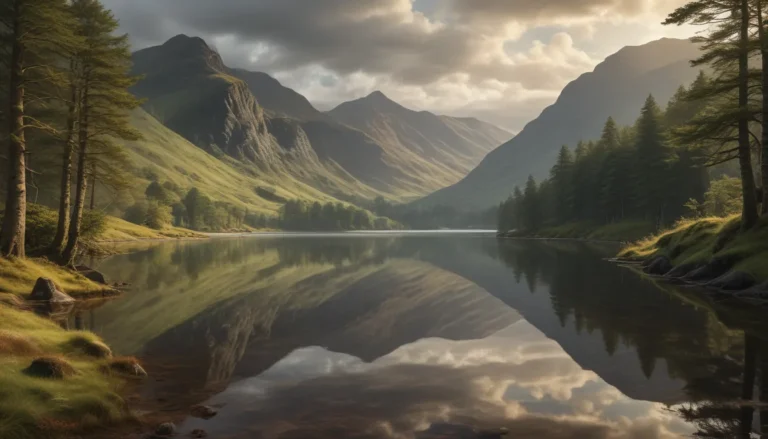The pictures we use in our articles might not show exactly what the words say. We choose these pictures to make you interested in reading more. The pictures work together with the words but don’t take their place. The words still tell you the important facts.
Are you ready to dive into the muddy world of nature's true wonder? Mud, a captivating natural element, has been a part of human history since ancient times. From therapeutic spa treatments to farming, mud has various uses and benefits that will leave you in awe of its amazing properties. Join us on this muddy adventure as we delve into the depths of its composition, discover its role in ecosystems, and uncover its significance in human culture. Let's roll up our sleeves, put on our rain boots, and explore 20 intriguing facts about mud!
The Basics of Mud
Mud is a mix of water and soil, found in wetlands, swamps, and marshes. It is a thick and sticky substance formed when water combines with different types of soil, such as clay, silt, and sand, creating the perfect conditions for mud formation due to the abundance of water and organic matter.
The Colors of Mud
Mud can have different colors depending on the composition of the soil. From brown and gray to red and yellow, the hues of mud can vary widely, adding to its visual appeal and complexity.
The Benefits of Mud
Mud is more than just dirt! It contains essential nutrients that promote plant growth and improve soil fertility. It is also utilized in construction, pottery making, beauty treatments like mud masks and baths, and even recreational activities like mud wrestling and runs.
The Diversity of Mud
Mud is a habitat for various organisms, including insects, worms, and microorganisms. These muddy environments support a diverse range of life forms and contribute to the overall ecosystem balance.
The Challenges of Mud
Due to its viscosity, moving through mud can be challenging for both humans and vehicles. Its sticky nature adds an element of difficulty to walking or driving, making it a unique substance to navigate.
The Artistic Side of Mud
Mud can serve as a source of inspiration for artists, who use its texture and earthy tones to create stunning works of art. From sculptures to installations, mud's versatility and beauty have been showcased throughout history in various art forms.
The Therapeutic Properties of Mud
Many spas offer mud treatments for their therapeutic and rejuvenating properties. Mud can provide a natural spa experience, helping individuals relax and revitalize their bodies through detoxification and skin nourishment.
The Environmental Impact of Mud
Mud plays a significant role in preventing soil erosion by forming a protective layer that helps maintain soil integrity. It also creates unique landscapes, showcasing incredible formations carved by the erosive action of mud in places like the Badlands in South Dakota and the Pinnacles in Western Australia.
The Cultural Significance of Mud
Mud is an important part of some traditional cultural practices, used in rituals, ceremonies, and traditional building techniques by certain societies. Its historical significance in human civilization adds a layer of cultural richness to the versatile substance.
The Recreational Side of Mud
Activities like mud wrestling and mud runs have gained popularity as unique and adventurous forms of entertainment. These recreational activities allow individuals to embrace the playful side of mud and engage in fun experiences in a natural setting.
Mud’s Role in Health and Wellness
Some alternative medicine practices involve using mud for mud therapy, which can help detoxify the body and relieve certain health conditions. Mud can also be a natural exfoliant for the skin, removing dead skin cells and leaving the skin feeling refreshed.
Mud in History and Archaeology
Archaeologists often find fossilized footprints and other remnants in mud, providing insights into past civilizations and ancient life. Mud can reveal traces of history and culture through its preservation of artifacts and imprints.
Mud in Construction and Industry
Mud is used in various industries, including construction, where it is mixed with other materials to create bricks and plaster for building purposes. Its role in construction practices adds a practical dimension to the versatile substance.
Mudslides and Natural Hazards
Mudslides can be a dangerous natural hazard triggered by heavy rainfall, causing property damage and posing risks to human life. Understanding the potential risks associated with mudslides highlights the importance of proper land management and disaster preparedness.
Frequently Asked Questions
- What is mud exactly? Mud is a mixture of water and soil or sediment, typically consisting of clay, silt, sand, and organic matter.
- What are some benefits of mud? Mud provides nutrients to soil, supports plant growth, and acts as a natural cleanser for the skin.
- How is mud formed? Mud is formed when water combines with soil or sediment through erosion, weathering, or volcanic activity.
- Are there different types of mud? Yes, there are different types of mud based on their composition and characteristics, such as clay mud, silt mud, and mud with added organic matter.
- Are there any health benefits to mud? Mud is known for its therapeutic properties, with mud baths helping relax muscles, improve circulation, and detoxify the body.
- How is mud used in construction? Mud is used in making bricks, plastering walls, and creating adobe structures in various construction practices.
- Can mud be harmful? In certain cases, mud can be hazardous if it contains contaminants or if individuals get stuck in deep mud, emphasizing the importance of caution in muddy environments.
- How long does it take for mud to dry? The drying time of mud varies based on factors like temperature, humidity, and soil type, typically ranging from a few hours to several days.
Embracing the Wonders of Mud
In conclusion, mud is a fascinating natural phenomenon with a significant impact on our environment and culture. From its diverse uses and benefits to its rich history and cultural significance, mud offers a multitude of opportunities for exploration and appreciation. The next time you encounter a patch of mud, take a moment to marvel at its beauty and relevance in the world around you. Remember, mud is not just dirt; it's a captivating and essential part of nature's wonders!






